By Onur Sinan Güzaltan
On December 8, the Bashar al-Assad regime in Syria was overthrown by groups backed by Türkiye’s Justice and Development Party (AKP), the US and Israel.
Although a government-like structure led by Hayat Tahrir al-Sham (HTS) has been established, chaos prevails in Syria. After Assad’s fall, in the north US-backed PKK/PYD/YPG terrorist organization is taking steps to solidify their control over the areas they already govern.
Meanwhile, the Israeli army is gradually occupying southern Syria. Reports of sectarian clashes are coming from various regions such as Latakia, Tartus and Homs. The deepening of conflicts and Syria’s potential descent into a full-scale civil war and then a fragmentation, akin to post-2003 Iraq following the invasion of the US, seems likely.
The winners in the post-Assad era
Stripping the process down to its essentials for a clear analysis:
1. Israel has emerged as the biggest winner from Assad’s fall. Israel expanded its occupation toward the Golan Heights and planted its flag just 20 kilometers from Damascus. The severing of the logistical corridor between Iran and Lebanon’s Hezbollah following Assad’s fall has strengthened Israel’s position in Palestine and southern Lebanon.
2. Syria’s collapse signifies a blow to the resistance axis for Iran. Syria has been as a crucial logistical link for Iran to reach Lebanon and Palestine. With HTS and similar entities seizing control of Damascus and Israel operating freely in Syria, Iran finds itself increasingly isolated.
3. Türkiye’s AKP government is another winner, in the short term though, contrary to that of Israel. The AKP is leveraging the domination of its supported forces in Damascus to curb its domestic decline caused by economic and social crises.
On the international stage, it has rekindled ambitions of “regional leadership” using its influence in Damascus.
However, the fate of military operations against the US-backed PKK/PYD/YPG/SDG terrorist organization, which pose a threat to Türkiye’s territorial integrity from their bases in northern Syria, remains uncertain.
Additionally, Türkiye’s maneuver in Damascus has strained its relationships with Russia and Iran. Looking ahead, any future tensions with the West would catch the AKP without having no Eurasian powers to rely on.
The frequent emphasis by AKP officials on Trump’s new term in their foreign policy statements suggests that the AKP may seek an agreement with Trump to continue its maneuvers in Syria. However, Trump’s reliability as a partner remains is questionable.
Meanwhile, the likelihood of Syria dragging back into a civil war could trigger another wave of migration toward Türkiye’s borders.
The visits to Syria first by Ibrahim Kalın, the Head of the National Intelligence Organization (MIT) and later Hakan Fidan, Foreign Minister, indicate that the AKP is adopting a fully supportive stance toward Syria’s new administration. However, this could create some liabilities in the event of the new Syrian government’s regional missteps in the future.
Also, the ongoing instability in Syria could have repercussions on Türkiye’s social fabric.
4. The collapse of the Bashar al-Assad regime dealt a severe blow to Russia’s dominance in the region. The future of Russian military bases in Syria remains uncertain. Losing these bases would undermine Russia’s operations not only in the Eastern Mediterranean and West Asia, but also in Africa where Syrian bases have served as crucial logistical hubs.
5. The US, alongside Israel, is the biggest winner of Assad’s fall. By toppling Assad, the US has strengthened the security of its regional outpost, Israel. By supporting Türkiye’s actions in Syria, Washington has managed to distance Türkiye from Russia and Iran.
Another gain for the US is the isolation of Iran. Additionally, the collapse of Assad has opened up vast territories for US-backed PKK/PYD/YPG/SDG terrorist groups in northern Syria. Whether this terrorist organization will become a point of contention between the AKP government and Trump remains to be seen. However, considering the possibility of an agreement between AKP and Trump regarding Assad’s fall, it is plausible that this agreement may also include the future of this organization. In the coming period, the specifics of such a potential agreement will become clearer.
After analyzing the current situation, we can outline the potential developments in Syria for the coming period:
1. The US and Israel are likely to use the new Syrian administration against Iran through sectarian divides. If this scenario unfolds, the response of Türkiye’s administration will be crucial.
2. The power vacuum in Syria will negatively impact the security of neighboring countries, including Türkiye, Iran and Iraq.
3. If the civil war in Syria deepens, new waves of refugees may reach the borders of Türkiye, Iran and other regional states.
4. Israel would seek to expand its sphere of influence in Syria. Moreover, there is a possibility that Netanyahu could extend his genocide in Gaza toward a now vulnerable Lebanon.
5. Terrorist groups in Syria may begin posing threats to Russia through the Caucasus and Central Asia.
6. US and Israeli-backed attempts might come to export the so-called “Syrian revolution” to other regional countries. Egyptian President Sisi’s recent warnings about potential instigations in Egypt following Assad’s fall underline this possibility.
7. Depending on the AKP government’s actions, it is highly possible that the US and Israel will continue to use terrorist groups operating in northern Syria as a weapon against Türkiye.
2025…
Will be a year of continuing struggle against imperialism and Zionism.
Happy new year.




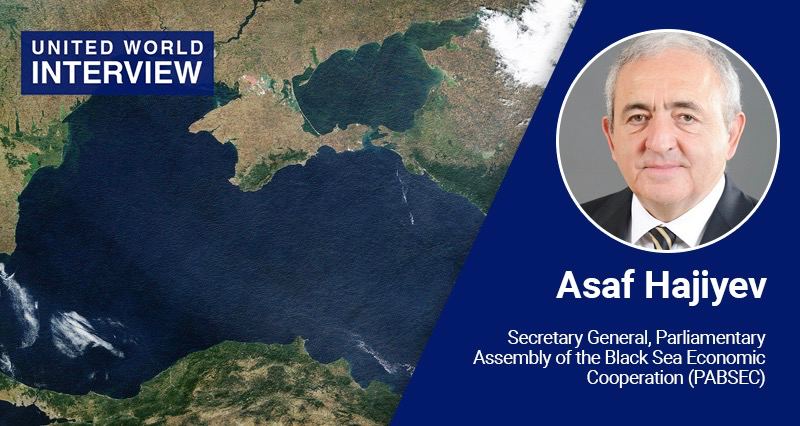





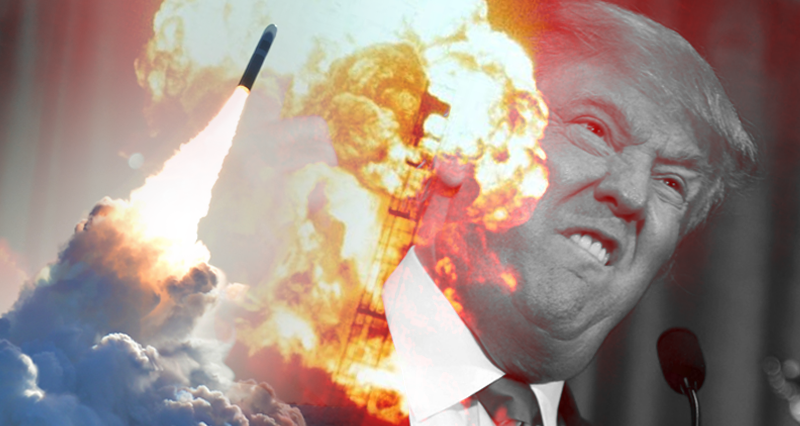
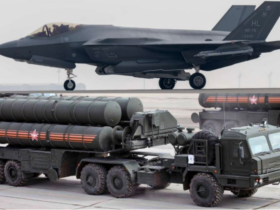


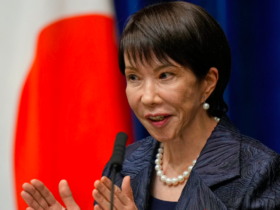
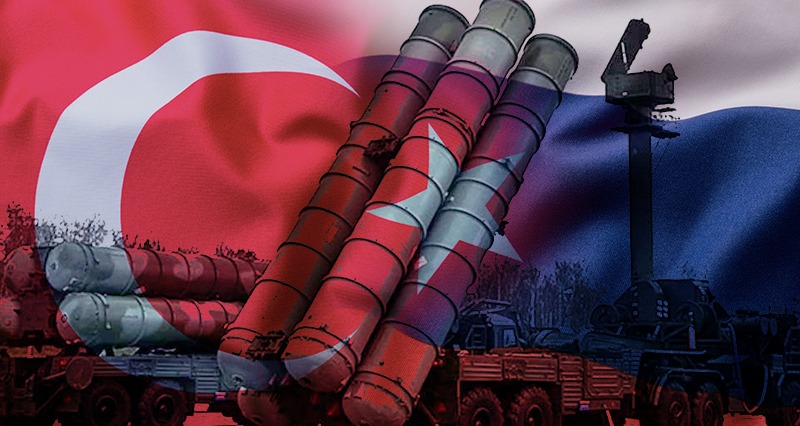

Leave a Reply